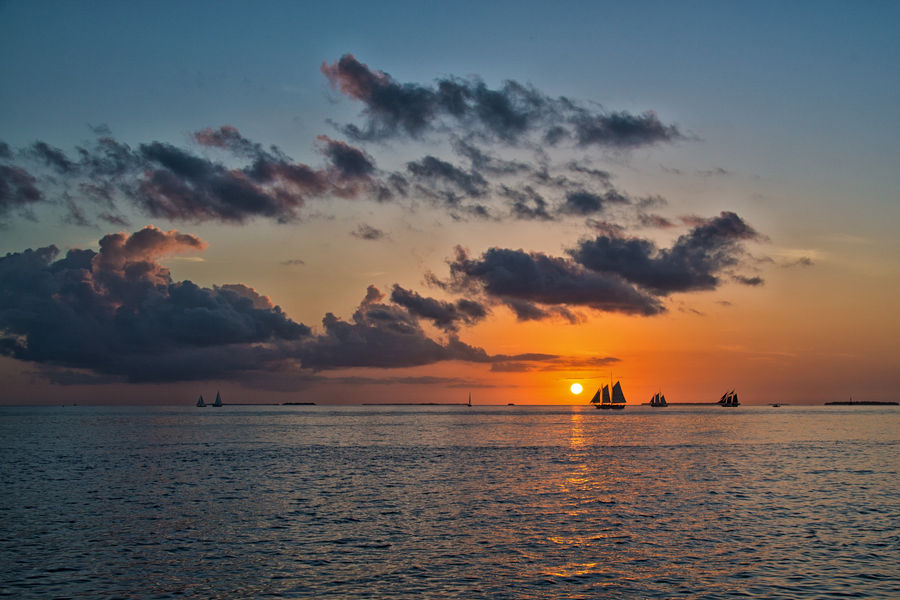Legislation authorizes the state geologist to designate sites that are of great and continuing significance for the scientific study and understanding of the geological history of Florida. Several sites have been identified, and the state geologist will identify several more sites over the next two years. Statute and Site Criteria
Designated State Geological Sites
Torreya State Park (designation pending, Feb. 21)
A prime example of the Torreya geologic formation is exposed at Rock Bluff along the east bank of the Apalachicola River in Torreya State Park. Rock Bluff is composed of limestone mixed with quartz sand and clay. The limestone was deposited during the early to middle Miocene Epoch, between 15 and 19 million years ago.
Falling Waters State Park
Falling Waters State Park is the only place in Florida where visitors can see a 70-foot-tall waterfall. When there is enough rainfall, surface water flows down a small stream channel and over the rim of a large, circular depression and cascades 70 feet before disappearing into a cave.
This circular sinkhole is the result of geologic processes that have shaped the landscape in this area and in many other parts of Florida. The limestone formations exposed in the walls of Falling Waters sink formed between 20 and 30 million years ago.
Edward Ball Wakulla Springs State Park
Wakulla Springs State Park, located in a region known as the Woodville Karst Plain, contains numerous springs and sinkholes. The extensive cave system beneath Wakulla Spring extends more than 32 miles and serves as a network of conduits that supply the more than 250 million gallons of water per day that discharges from the spring.
The rock layers (geologic strata) exposed in the cave beneath Wakulla Spring reveal a world of carbonate rocks, deposited over millions of years, that have slowly been dissolved by the power of water.
Florida Caverns State Park
Florida Caverns State Park is notable for its geological features. An example of just about every kind of karst feature known in Florida can be found within the boundaries of the park. This protected area of karst topography contains sinkholes, springs, subterranean rivers, aquatic caves, and the only dry cave in Florida open for public tours.
Devil’s Millhopper Geological State Park
Devil’s Millhopper is a spectacular example of a cover collapse sinkhole. Although sinkholes are common in Florida, Devil’s Millhopper is unique because it is one of the few places in Florida where more than 100 feet of rock layers (geologic strata) are exposed. The park is a beautiful example of how ecosystems (flora and fauna) develop in response to geological features.
The rock layer exposed in the deepest part of the sinkhole was deposited in a warm, shallow marine environment more than 34 million years ago.
Windley Key Fossil Reef Geological State Park
The Windley Key Fossil Reef Geological State Park provides a beautiful exposure of a geological unit known as the Key Largo Limestone. Fossil corals and other ancient marine life are preserved in these rocks and record a unique part of Florida’s geologic history. Visitors to the park can stand inside a fossil reef - the same rocks that comprise the aquifer of the upper Florida Keys.



